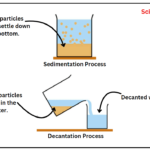Chemistry
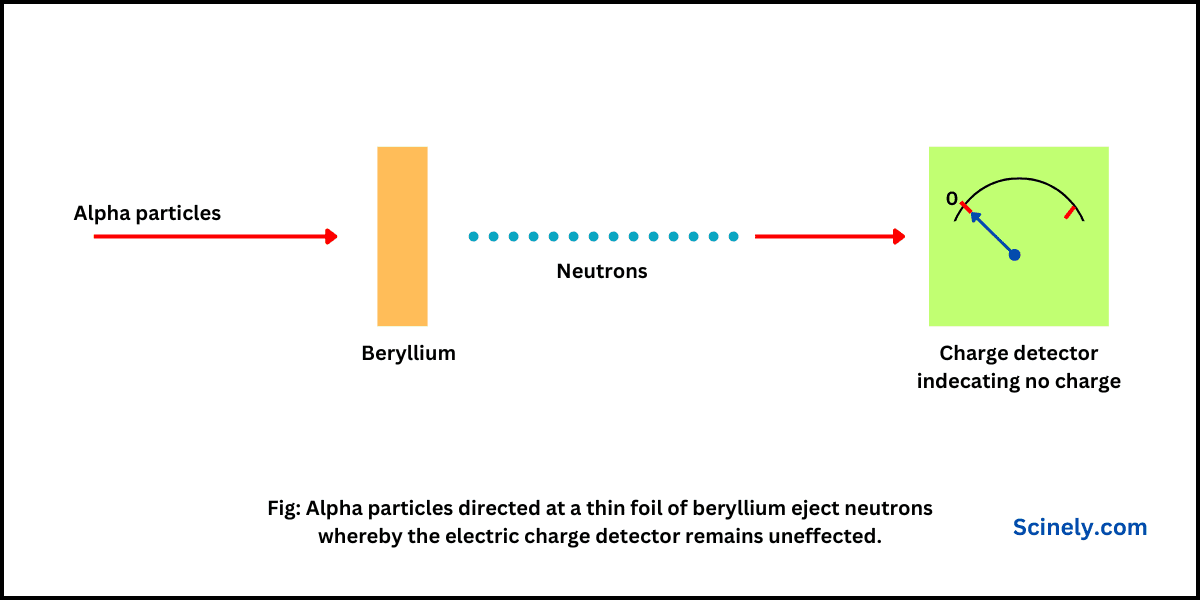
Discovery of Neutron: Chadwick’s Experiment
In this chapter, we will understand the discovery of neutron discovered by James Chadwick in 1932. Up to 1932, it was considered that an atom is composed of only electrons and protons. Since electrons have negligible mass, scientists considered that…

Rutherford Atomic Model and Its Drawbacks
On the basis of the observations and conclusions of alpha particles scattering experiment, Rutherford proposed his nuclear model of atom in 1912. This atomic model is based on alpha particles scattering experiment. It is also called planetary model of atom.…
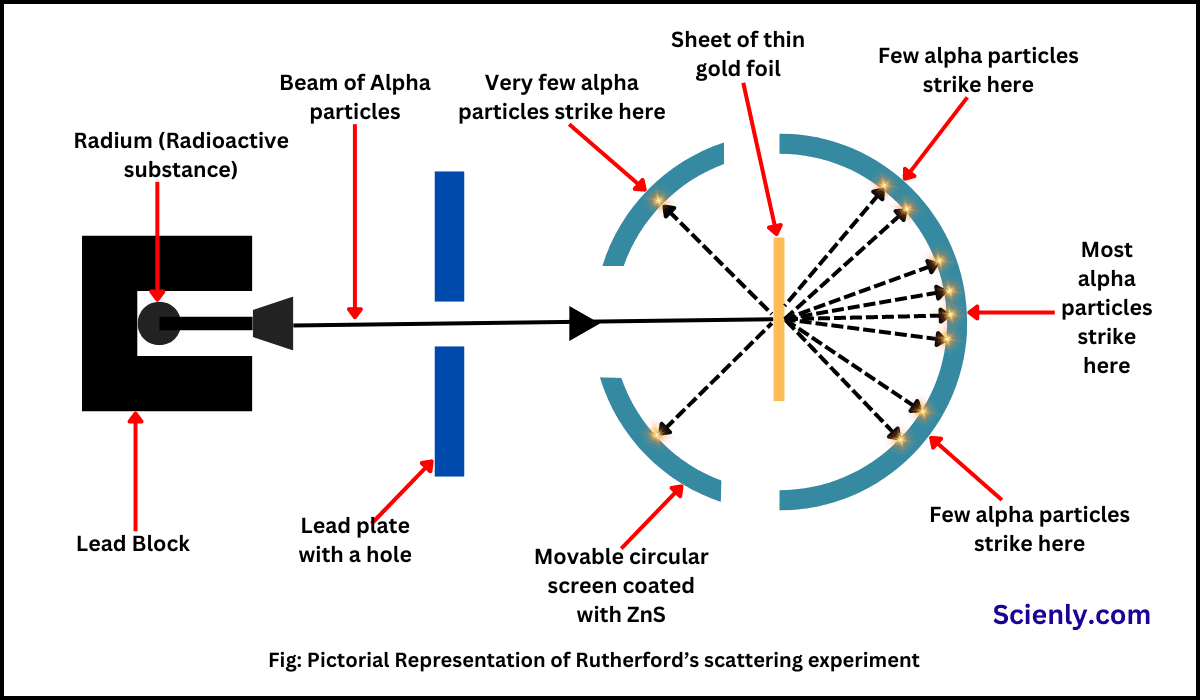
Rutherford Scattering Experiment
In this chapter, we will understand Rutherford’s scattering experiment and its observations and conclusions. In order to understand the arrangement of charged particles like electrons and protons in an atom, the British scientist, Ernest Rutherford and his co-workers in 1911…

Thomson’s Atomic Model: Plum Pudding Model of Atom
In this chapter, you will understand Thomson’s atomic model, also known as plum pudding model of atom and its drawbacks or limitations. After the discovery of sub-atomic particles, such as electron and proton, the scientists were faced several major challenges:…
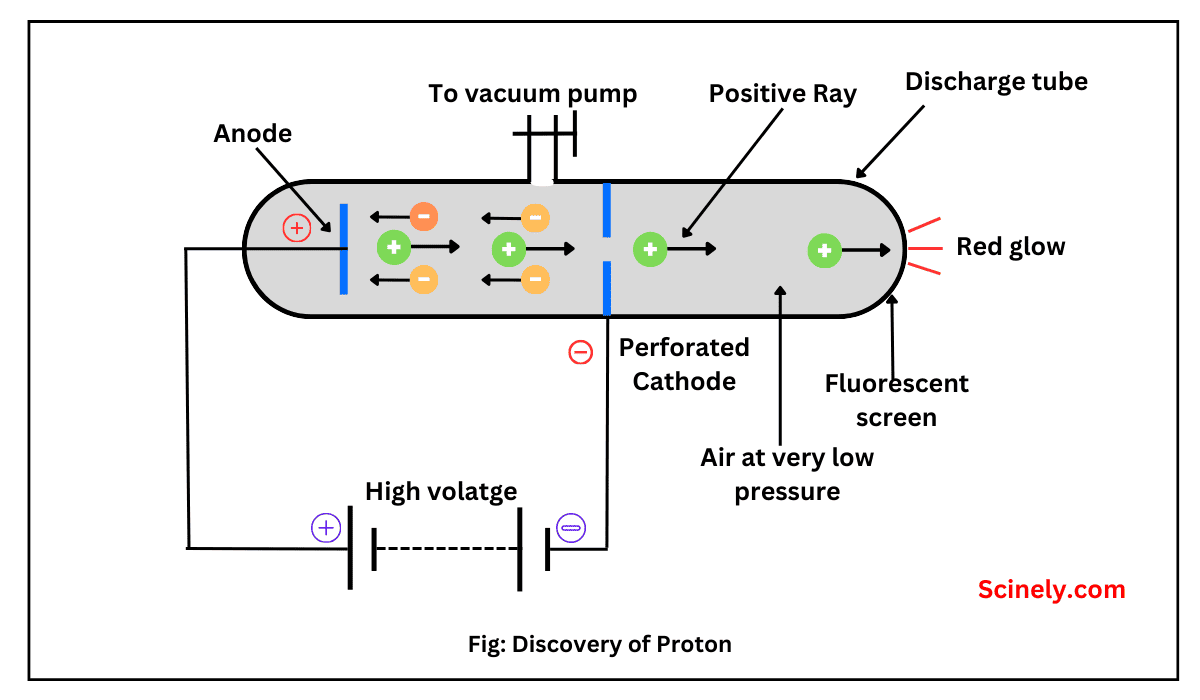
Discovery of Proton – Who Discovered It
In this chapter, we will explore the discovery of proton. As we know, atoms are the fundamental building blocks of matter, composed of three main subatomic particles: protons, neutrons, and electrons. Among these, protons play a critical role in defining…
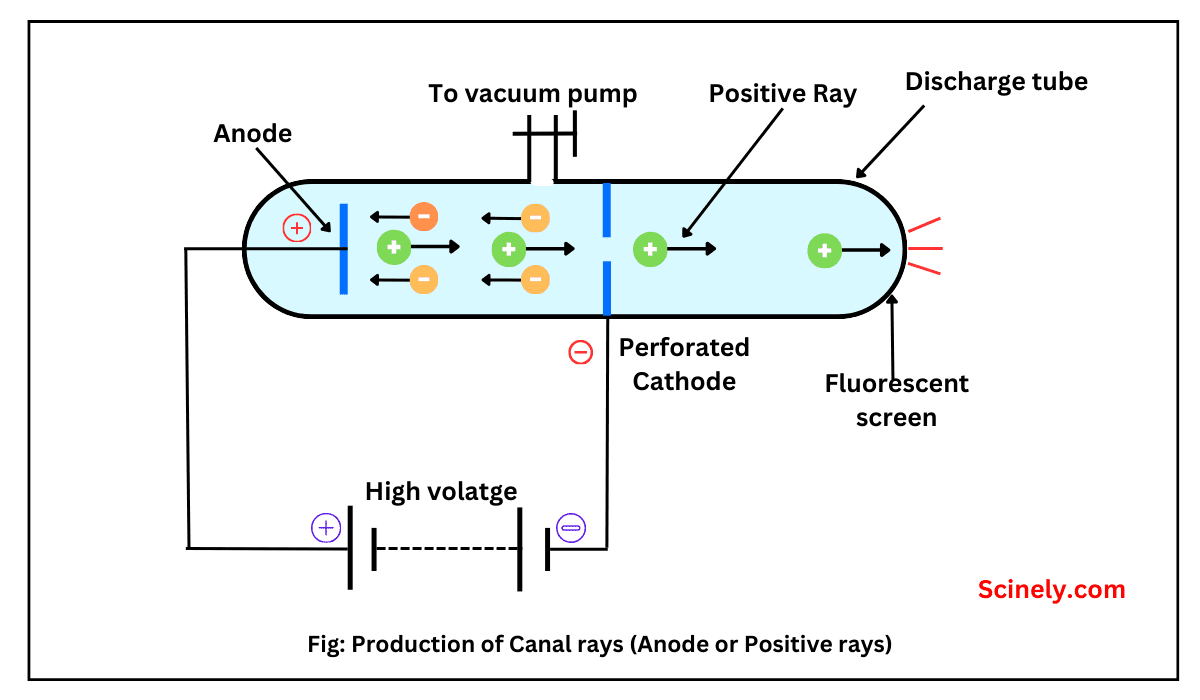
What are Canal Rays: Discovery, Properties
In this chapter, we will understand what canal rays are, along with their discovery and properties. Canal rays, also known as anode rays, are streams of positively charged particles or ions that are created in a discharge tube when a…
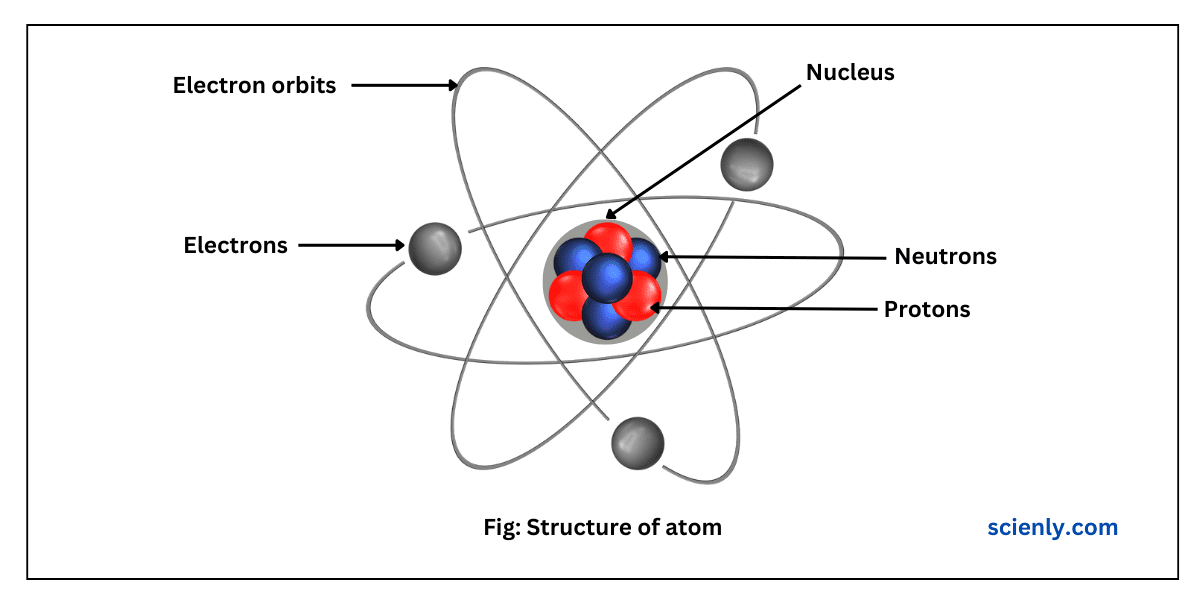
What is Proton: Definition, Charge, Mass
In this chapter, we will understand the what is proton as well as its mass and charge. We know that an atom is electrically neutral. Before going to understand this topic, we will understand what is a proton. What is…

Charge on Electron by Oil Drop Experiment
In 1897, the experiment of J. J. Thomson precisely determined the charge to mass (e/m) ratio for an electron. In 1909, Robert A Millikan conducted an experiment known as “oil-drop experiment” to determine the charge (e) on an electron. He…

Charge to Mass Ratio of Electron
The charge to mass ratio of an electron, often denoted as (e/me), is a fundamental physical constant that has significant implications for theories of an atom. In 1897, the British physicist Joseph John Thomson measured the electrical charge (e) to…

Discovery of Electron: A Groundbreaking Breakthrough
In this chapter, we will understand the groundbreaking discovery of electron, which is the first fundamental subatomic particle. In 1803, an English Chemist, Dalton proposed the first scientific atomic theory, known as Dalton’s atomic theory according to which all matter…




